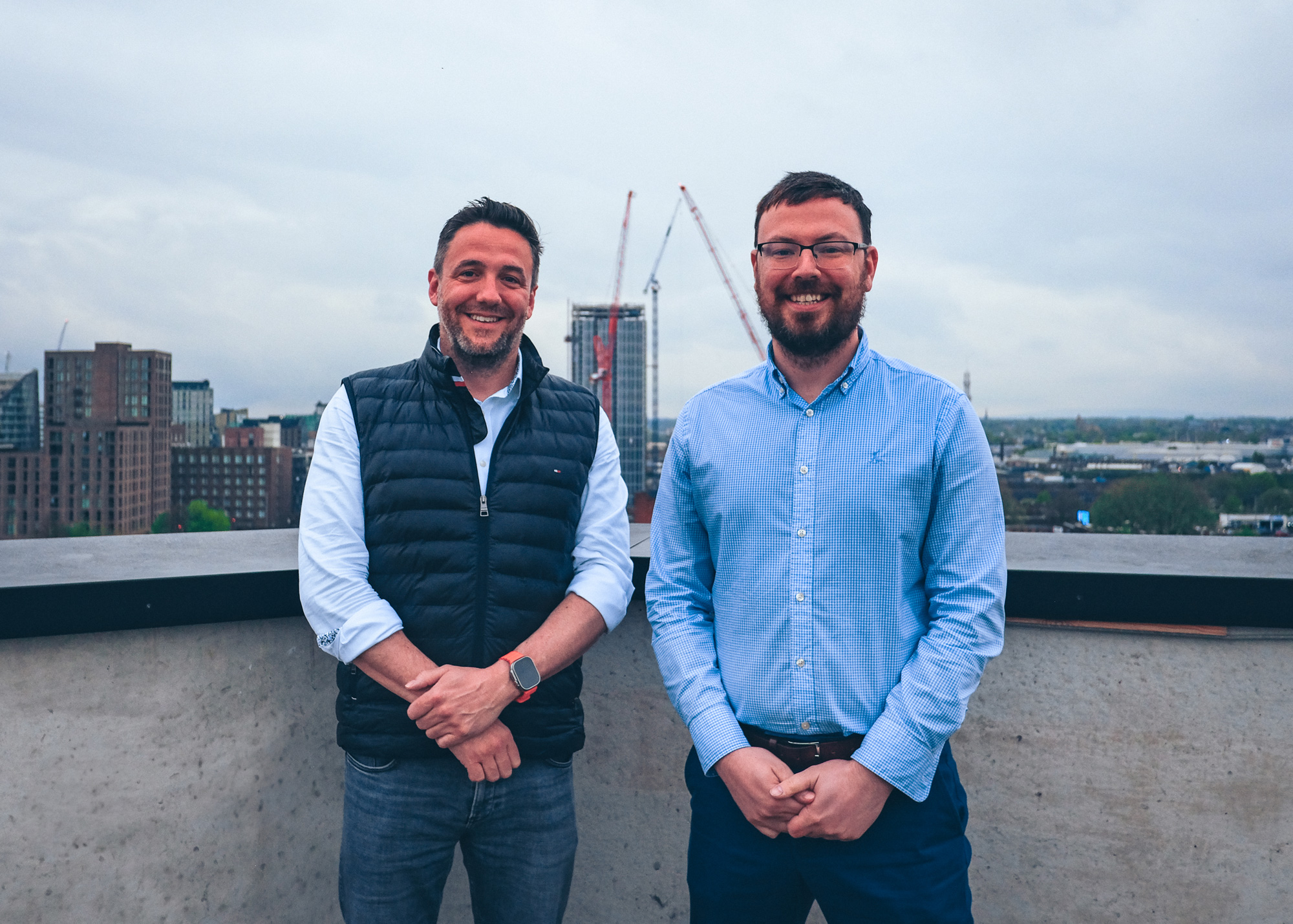As the global warming crisis continues to develop, there is increasing pressure on the rail industry to improve the monitoring and management of carbon emissions.
Our blog will detail actions being taken by the leading infrastructure delivery teams in the rail industry, such as Network Rail and HS2, to ensure all rail will be carbon zero by 2050. Additionally, we have also included some useful tools for understanding the amounts of carbon emissions released from different activities within the rail sector.
The Problem
The decarbonisation challenge faced by the rail industry is significant as transport became the largest emitting business sector 2016. The Government Transport and Environment Statistics: 2021 Annual Report found that in 2019, the UK produced 455 megatonnes of carbon dioxide; the transport sector was responsible for 122 Megatonnes of these emissions. Additionally, due to the effects of the recent coronavirus pandemic, resulting in reduced travel and passenger miles, the ORRfound CO2 emissions for passenger trains have increased 316% from 35.2g to 146.5g per passenger km.
As climate change is dramatically impacting our planet, causing harmful effects such as storms, droughts and reduced crop production, it is vital to understand what activities within the rail industry emit carbon dioxide. After all, if we cannot calculate how much CO2 emissions industry activities produce correctly, how can we aim to change our practices and implement technologies to reduce this?
Although key players within the rail industry such as the government, Network Rail and Great British Railways are already taking steps to reduce CO2 emissions, for the rail industry to take the lead in net zero-carbon travel, an increased awareness and accountability is required across the industry.
Key Targets and Goals from industry leaders
Government
The recently published Williams-Shapps Plan for Rail outlines the government's 30 year plan for the industry, which included providing a ‘comprehensive environmental plan for the rail network’. This sustainable rail strategy is currently under development and is expected to be published later in 2022. This is expected to include a plan which outlines how to fully decarbonise Britain's railways.
Additionally, the government has invested £400,000 into supporting the development of the world's first zero emission machine for removing and replacing rail track, which indirectly contributes to the carbon emissions of the industry.
Key Dates and Goals :
- Net zero greenhouse gas emissions from trains will be achieved by 2050
- All diesel trains will be removed from the rail network by 2040
- Air quality targets will be set out for all parts of the railway the public can access in 2022, these targets will be met by the end of 2030
Network Rail
Network Rail is one of the leading innovators in decarbonising the railway, with a focus on pursuing sustainable construction methods and promoting a circular economy. Network Rail is ambitious in reaching their 2050 target to be carbon zero, they are currently already using in house processes to reuse and recycle materials and aim for this model of circular thinking to be embedded into their supply chain by 2035. Electrification plays a large role in how Network Rail plans to reduce carbon emissions; they have completed over 700 miles of electrification on the UK railway over the past three years. The Railway Industry Association is working closely with Network Rail to ensure electrification projects can be delivered at maximum efficiency.
Key Dates and Goals :
- Network Rail will achieve net zero biodiversity by 2024 and biodiversity net gain by 2035
- 100% of Network Rail’s cars and vans will be zero emission vehicles by 2027
- Network Rail operations will all be net-carbon zero by 2050 and 75% of their 11,000 suppliers will have to develop science based targets to reach this goal by 2025.
- By 2035, Network Rail will reuse, repurpose or redeploy all surplus resources, design out waste and plastic pollution and embed circular economy thinking into the rail industry by 2035.
HS2
As the UK’s biggest rail infrastructure project, HS2 have taken a leading role in navigating rail towards a greener future, pledging to be zero net-carbon from the first day of operation. The HS2 line will provide a significantly increased capacity for freight trains to transport goods, consequently removing hundreds of heavy goods vehicles from the roads.
Key Dates and Goals :
- All trains will be powered by zero carbon energy from day one of operation, HS2 will be net zero by 2035.
- All worksites will be diesel free by 2029.
- A 50% cut of carbon emissions from concrete and steel by 2030.
How to achieve success
The key to achieving success in reaching carbon zero targets by 2050 is to gain an awareness of how much carbon is emitted by different construction activities and travel mode options. Only by understanding how our activities are impacting the environment can we collectively make an effort as an industry to change how we operate to mitigate carbon emissions.
Here are some useful tools for understanding the amounts of carbon emissions released from different activities within the rail sector:
One Click LCA® software
One Click LCA is simple and automated life cycle assessment software that helps you calculate and reduce the environmental impacts of your building and infrastructure projects, products and portfolio.
Check out the calculator here: https://www.oneclicklca.com/
The MacKay Carbon Calculator
Using the MacKay Carbon Calculator, users can create pathways to find out how we might reduce the UK’s greenhouse gas emissions to net zero by 2050 and beyond. You can choose your ‘levels of ambition’ for decarbonising different parts of the energy system, and the calculator then shows how your choices affect UK emissions expressed as ‘carbon dioxide equivalent’ (CO2e).
Its purpose is to help everyone engage in the debate. It also allows the government to explore how its plans support the path to net zero!
Check out the calculator here: https://www.gov.uk/guidance/carbon-calculator
London North Eastern Railway - Journey calculator
Compare different ways to travel with this handy carbon footprint calculator! Just enter your start and destination details or simply how many miles you want to go. The calculator will then show you how much carbon this journey emits. This tool allows you to better assess the environmental impact for travel via planes, trains and automobiles.
Check out the calculator here: https://www.lner.co.uk/tickets-savings/the-best-way-to-travel/our-commitment-to-the-environment/#calculator#calculator
RSSB Rail Carbon Tool
The Rail Carbon Tool is a web-based tool that allows you to calculate, assess, analyse, report and reduce your rail project carbon footprint by evaluating low-carbon options using verified, centrally-available carbon factor data. You can use it for free if you work in the rail industry in Great Britain!
Check out the calculator here: https://www.railindustrycarbon.com/Account/LogOn?ReturnUrl=%2f
As the old saying goes “you can’t manage what you don’t measure” and this is where data capture, reporting and analysis will be critical in measuring the efficiency of both planned emission reduction measures and future interventions. As shown above there are many planning tools and reporting calculators to help better plan, report and monitor emissions however with timescales measuring decades consistent, structured data capture will play a huge part in the rail industries journey to net zero and beyond.
Raildiary consistently captures structured data from site including labour, plant, materials and travel times. This data over time is invaluable in informing progress and accelerating effective decision making to radically decrease carbon emissions in the rail industry. Along the way an effective data capture and analysis tool will deliver efficiencies every day and across all projects, saving time, saving site visits and saving carbon emissions at source one shift at a time.





